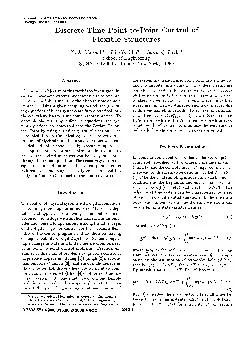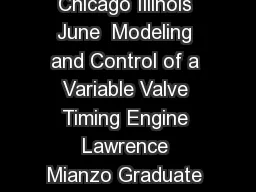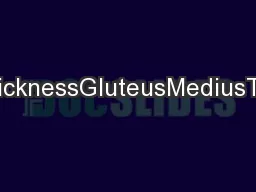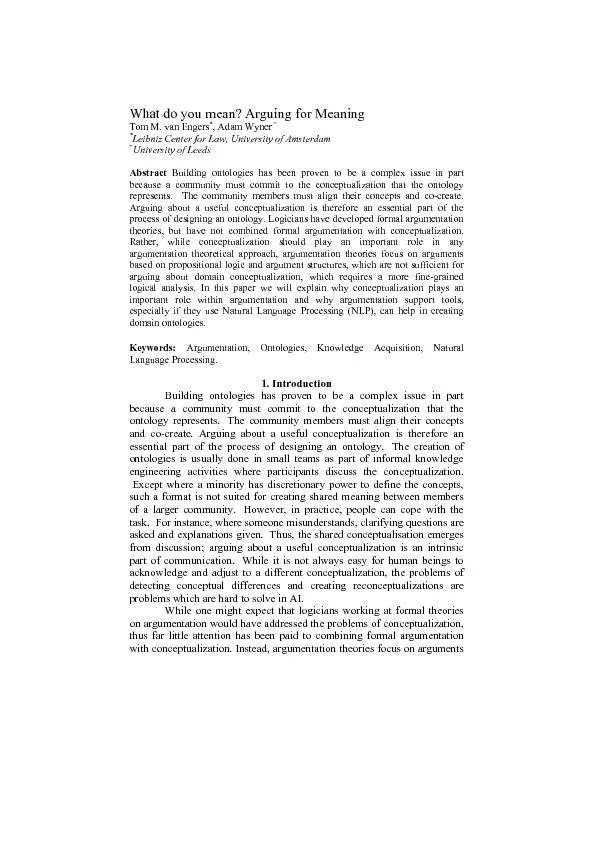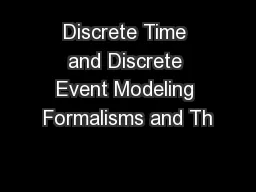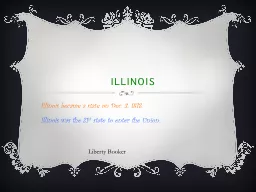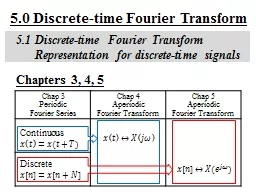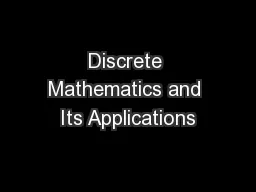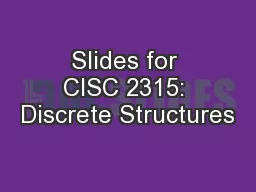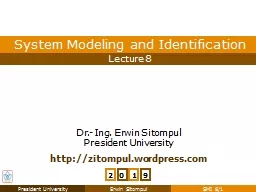PDF-Proceedings of the American Control Conference Chicago Illinois June Discrete Time PointtoPoint
Author : sherrill-nordquist | Published Date : 2014-12-27
A1Masoud 1 ShihYu Chu 2 Tarunraj Singh a School of Engineering SUNY at Buffalo Buffalo New York 14260 Abstract The primary objective of this work is to investigate
Presentation Embed Code
Download Presentation
Download Presentation The PPT/PDF document "Proceedings of the American Control Conf..." is the property of its rightful owner. Permission is granted to download and print the materials on this website for personal, non-commercial use only, and to display it on your personal computer provided you do not modify the materials and that you retain all copyright notices contained in the materials. By downloading content from our website, you accept the terms of this agreement.
Proceedings of the American Control Conference Chicago Illinois June Discrete Time PointtoPoint: Transcript
Download Rules Of Document
"Proceedings of the American Control Conference Chicago Illinois June Discrete Time PointtoPoint"The content belongs to its owner. You may download and print it for personal use, without modification, and keep all copyright notices. By downloading, you agree to these terms.
Related Documents

